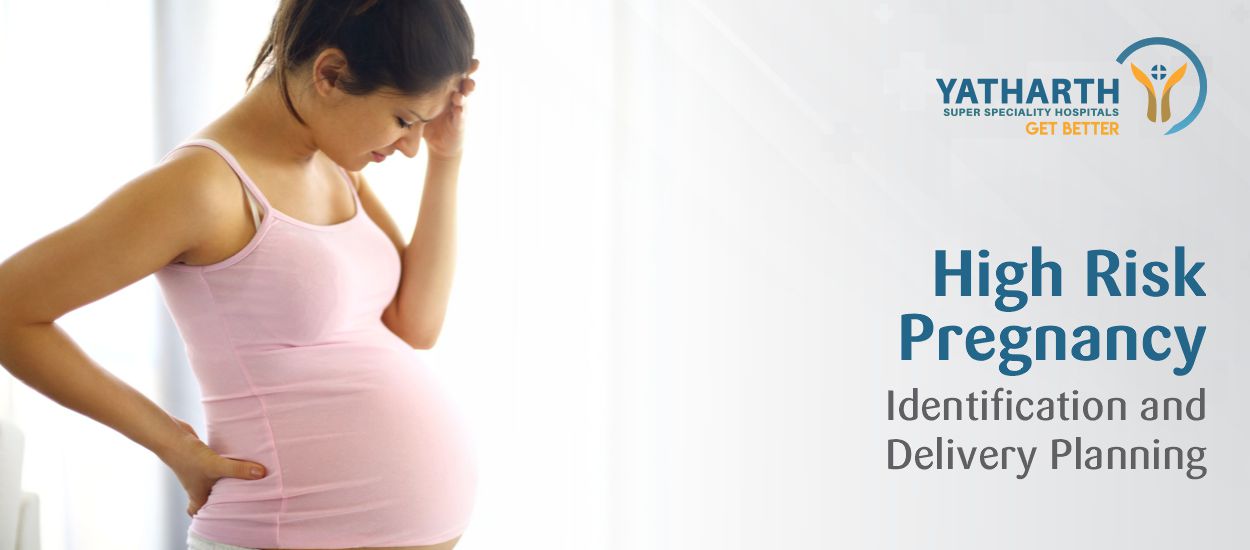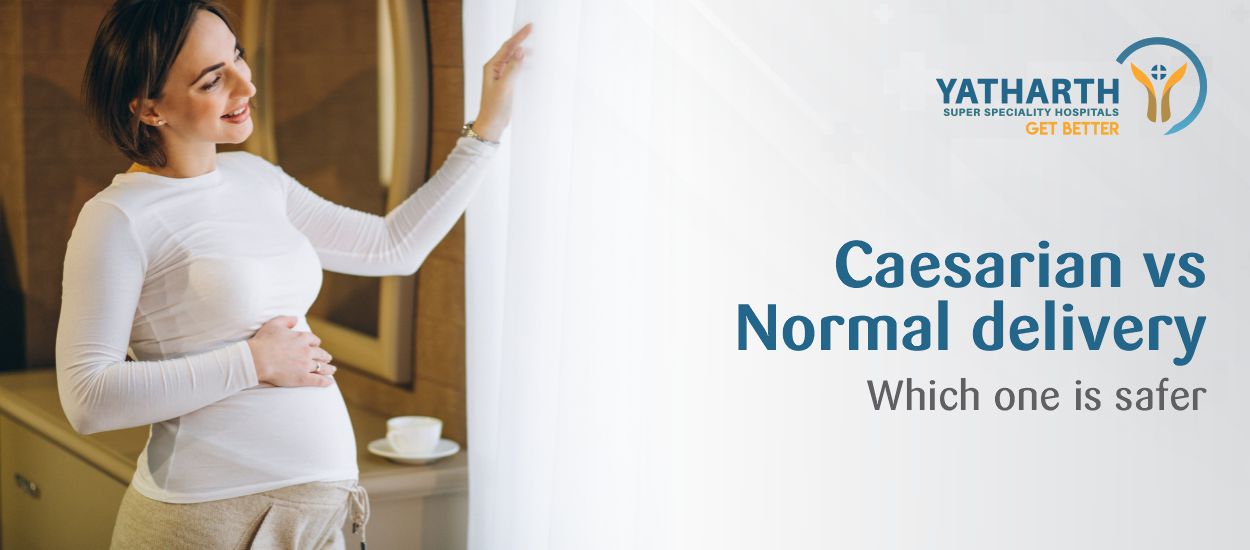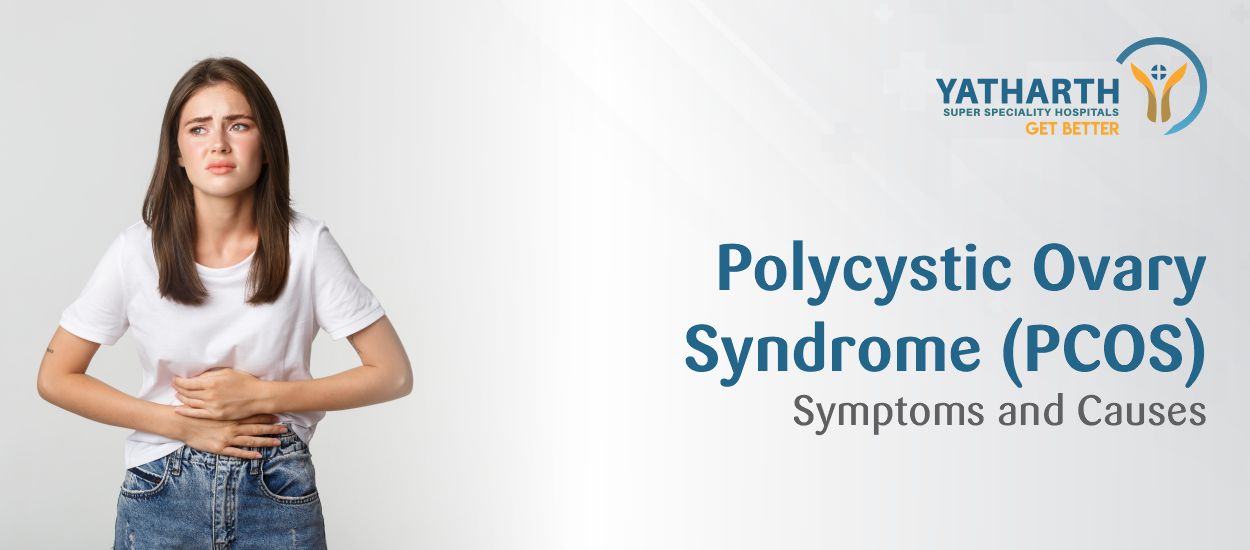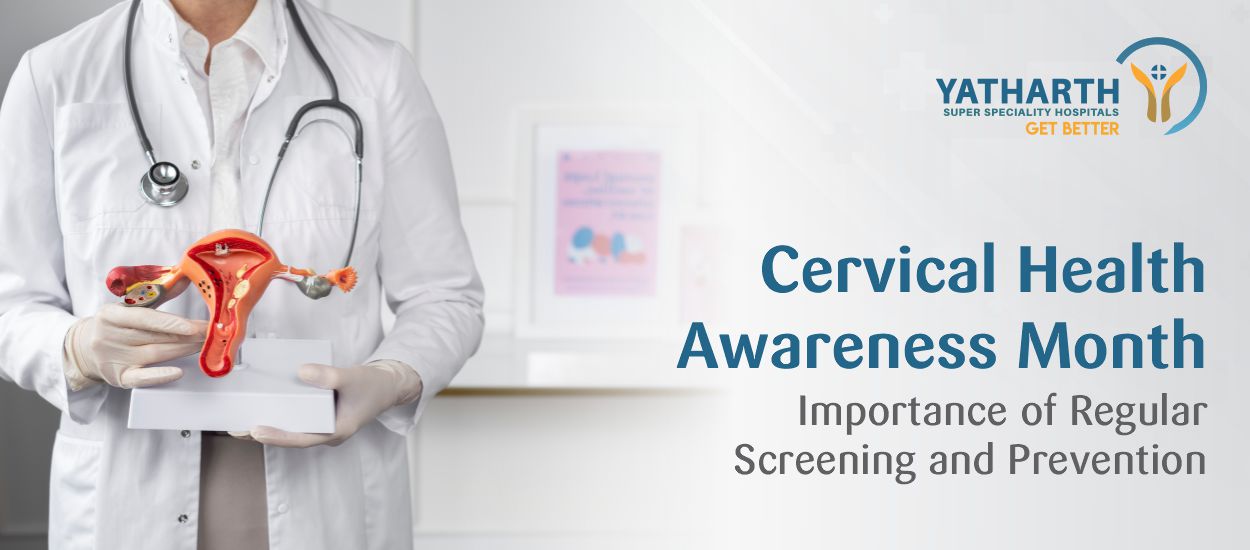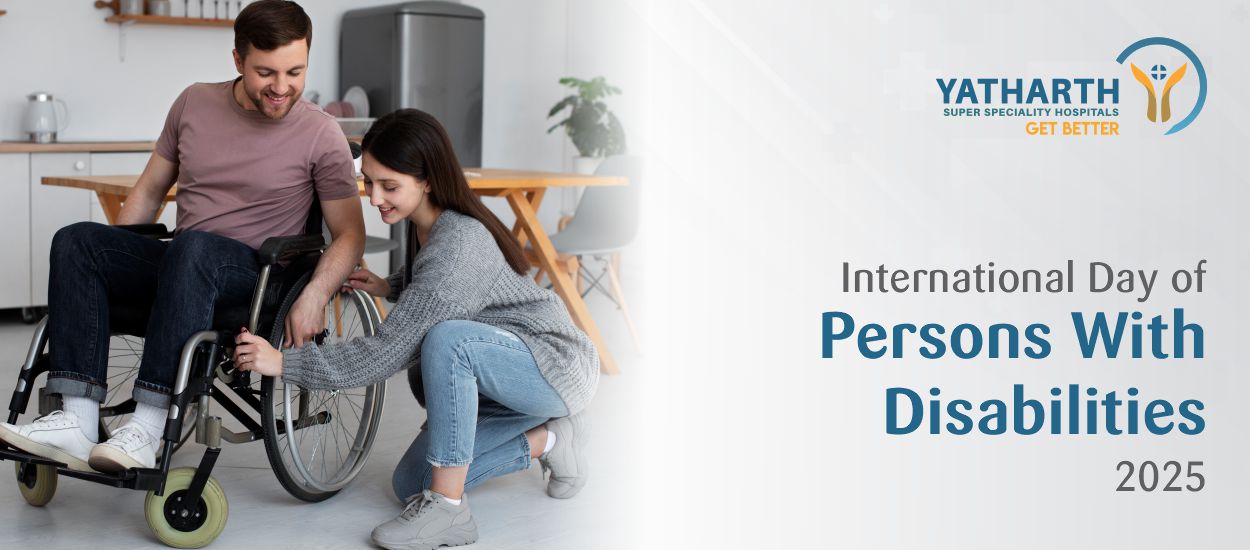Pregnancy is an exciting time for most women, but it can also be a challenging experience, especially for those who fall under the category of high-risk pregnancies. These pregnancies carry a higher risk of complications for both the mother and the baby. It is, therefore, essential to identify these pregnancies early and provide adequate care and planning to ensure the best possible outcome. In this blog, we will discuss the identification, care, and delivery planning for high-risk pregnancies.
Understanding high-risk pregnancies
A high-risk pregnancy is one that has a higher chance of complications during pregnancy, delivery, and after delivery. This type of pregnancy may require more intensive monitoring, specialized care, and delivery planning to ensure the best outcome for both the mother and the baby. There are various reasons why a pregnancy may be considered high-risk, including pre-existing health conditions, multiple pregnancies, and age-related factors
Risk factors for a high-risk pregnancy
- Maternal age: Women who are younger than 18 or older than 35 are at a higher risk of complications during pregnancy.
- Pre-existing medical conditions: Women with medical conditions such as hypertension, diabetes, heart disease, and autoimmune disorders may experience complications during pregnancy.
- Previous pregnancy complications: Women who have experienced complications such as preterm labour, miscarriage, or stillbirth in previous pregnancies may be at a higher risk of complications in subsequent pregnancies.
- Multiple pregnancies: Women who are carrying twins, triplets, or more may be at a higher risk of complications.
- Lifestyle factors: During pregnancy, smoking, drug abuse, and alcohol can increase the risk of complications.
Common complications in high-risk pregnancies
- Preterm labour: This is when labour starts before the 37th week of pregnancy.
- Gestational diabetes: This is a type of diabetes that occurs during pregnancy.
- Hypertension: This is high blood pressure that can lead to preeclampsia, a serious pregnancy complication.
- Placenta previa: This is when the placenta covers the cervix, making vaginal delivery difficult.
- Intrauterine growth restriction: This is when the baby does not grow properly in the womb.
- Regular prenatal check-ups can help detect any potential complications early.
- Women with high-risk pregnancies may require specialized testing, such as fetal monitoring, ultrasound scans, and blood tests.
- Some women with high-risk pregnancies may require medication to manage pre-existing medical conditions or prevent complications.
- Women with high-risk pregnancies may need to make lifestyle changes, such as quitting smoking or avoiding certain foods.
- Choosing the best maternity hospital, can ensure that the mother and baby have access to specialized care and equipment in case of any complications.
- Women with high-risk pregnancies may require a planned cesarean section to minimize the risk of complications during delivery.
- A high-risk pregnancy specialist can provide specialized care during delivery, ensuring the best possible outcome for both the mother and the baby.
- Attending prenatal/antenatal classes can prepare women with high-risk pregnancies for delivery and help them manage any potential complications.
- To summarise, high-risk pregnancies require careful identification, specialized care, and delivery planning to ensure an optimal result for both the mother and the baby. Risk factors such as maternal age, pre-existing medical conditions, previous pregnancy complications, multiple pregnancies, and lifestyle factors can contribute to a high-risk pregnancy.
